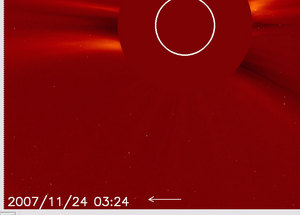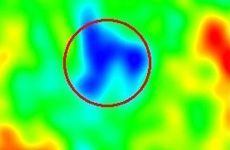Most of us take it for granted that plants respond to light by growing, flowering and straining towards the light, and we never wonder just how plants manage to do so. But the ordinary, everyday responses of plants to light are deceptively complex, and much about them has long stumped scientists.
Now, a new study "has significantly advanced our understanding of how plant responses to light are regulated, and perhaps even how such responses evolved," says Michael Mishkind, a program director at the National Science Foundation (NSF). This study, which was funded by NSF, will be published in the November 23, 2007 issue of Science.
By conducting experiments with Arabidopsis--a small flowering plant widely used as a model organism--the researchers discovered that the plant prepares to respond to light while it is still in the dark, even before it is exposed to light. This preparation involves producing a pair of closely related proteins (known as FHY3 and FAR1) that increase production of another pair of closely related proteins (known as FHY1 and FHL) that had been identified in previous studies as critical participants in the plant's light response.

|
| ©unknown
|
| Although these steps had been identified in previous studies, the discovery of how FHY3 and FAR1 regulate plant responses to light adds an important new dimension to our understanding of them.
|


Comment: The whole article can be summarized as follows: we have found an enormous hole in the Universe and we have no idea how to deal with it. Anyway we hope that due to this discovery everybody will get more money for whatever they are doing.